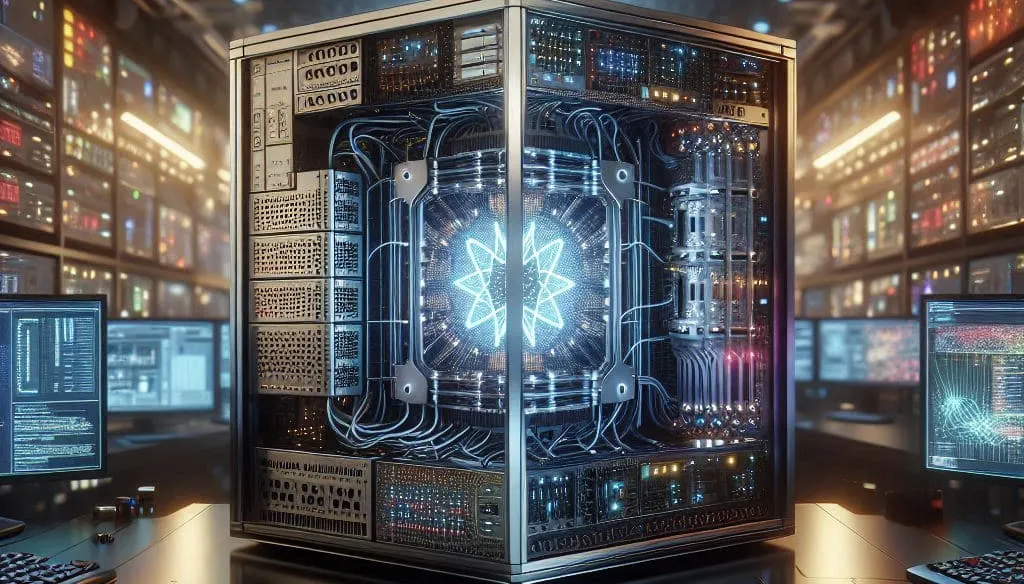Generative AI, a groundbreaking technology, is rapidly evolving from a mere tool to a powerful catalyst for turning our wildest imaginations into reality. It’s producing astonishing outputs in areas once considered exclusively human domains – text, images, audio, and video – sparking unprecedented transformations across various industries. The remarkable progress in generative AI has ignited widespread interest and anticipation about how it will revolutionize our lives and societal structures in the near future.
This blog post will delve into the promising future of generative AI, exploring its potential to reshape society and the crucial considerations we must address as we navigate this exciting era.

Revolutionizing Content Creation: Ushering in the Age of Personalized Media
The future of generative AI in content creation will involve an even closer collaboration with humans, leading to innovations beyond our current comprehension. While already utilized for diverse content formats like text, images, music, and videos, its ability to deeply understand user intent and context, and to produce high-quality, personalized content with greater speed and efficiency, will dramatically improve.
A particularly noteworthy development will be AI’s enhanced capacity to precisely analyze individual tastes and preferences, delivering truly tailored content. For instance, AI could dynamically curate and summarize news articles based on a user’s real-time interests or instantly compose background music that perfectly matches their mood and situation.
Furthermore, beyond recommending personalized ads, movies, or dramas based on social media activity and search history, we might see an era where AI directly creates entirely new content perfectly aligned with individual preferences. This shift will not only revolutionize content consumption but also empower individual creative endeavors and foster the growth of novel forms of art and entertainment.
Intelligent Automation Across Industries: Maximizing Efficiency and Productivity
Beyond content creation, generative AI will serve as a core engine for implementing intelligent automation across diverse sectors, including manufacturing, finance, healthcare, and education, significantly boosting operational efficiency and productivity.
In healthcare, AI will analyze vast amounts of medical data to build personalized disease prediction and diagnostic systems. It will aid in the drug discovery process by designing new drug candidates and analyzing clinical trial data to optimize treatment effectiveness. AI-powered surgical robots will enable more precise and safer surgeries, while personalized rehabilitation programs driven by AI will accelerate patient recovery.
Within the finance and legal sectors, AI will analyze complex and extensive data to forecast market trends and suggest tailored investment strategies. It will also automate the review and drafting of legal documents and contracts, enhancing efficiency. AI-driven fraud detection systems will strengthen the security of financial transactions and proactively prevent potential legal risks.
In education, AI tutors will continuously assess individual student learning levels and comprehension, providing customized learning content and feedback to maximize learning outcomes. Moreover, AI will automate the generation of learning materials and the creation of evaluation systems, reducing the workload for educators and fostering a more effective learning environment for students.
Creative Co-evolution of Humans and AI: Opening New Horizons of Imagination
The future of generative AI will see it evolve from a mere assistive tool to a crucial partner that expands human creative abilities and sparks new inspiration. While current AI primarily focuses on generating new outputs by learning from existing data, the fusion of unique human ideas with AI’s vast data analysis and generation capabilities holds the potential to create groundbreaking results previously unimaginable.
For example, in the arts, AI could generate novel artistic styles, or composers could build upon AI-generated melodies to create richer, more emotional music. In design, AI could rapidly produce diverse design prototypes, allowing designers to develop more creative and innovative product designs based on these initial concepts. This creative co-evolution, where humans and AI complement each other’s strengths, is expected to unlock new horizons of imagination.
Challenges for Safe Coexistence: Preparing for the Potential Threats of AI
Despite the promising future of generative AI, we must acknowledge and prepare for potential threats that may arise with the advancement of this technology to ensure a safe coexistence between humans and AI.
Prioritizing robust and transparent safety mechanisms is crucial. We need to establish technical and ethical standards, along with regulatory frameworks, to prevent AI from evolving in unforeseen directions or being used maliciously. Furthermore, establishing human-centered values is paramount. The primary goal of AI development and application should be to enhance human well-being, and we must approach technological advancements with caution to avoid infringing upon human dignity and rights.
Continuous research and monitoring of AI are also necessary to anticipate and address potential risks proactively. We need to clearly understand the operating principles and limitations of AI and prepare for the possibility of unexpected errors or side effects. Finally, strengthening AI literacy education is essential to empower the general public to understand and utilize AI technology correctly and to raise awareness about potential threats.
AI Literacy: This refers to the ability to understand and utilize artificial intelligence (AI) technology, as well as the capacity to think critically about the impact of AI on society and respond appropriately. It encompasses a comprehensive understanding of AI’s basic operating principles, applications, ethical considerations, and societal implications.
Safe coexistence with artificial intelligence is the responsibility of technology developers, policymakers, and all members of our society. By engaging in proactive discussions and preparations now, we can ensure that AI contributes to the sustainable progress and prosperity of humanity.
Conclusion: Embracing a Future Shaped by Imagination and Intelligent Collaboration
Generative AI technology holds immense potential to bring about revolutionary changes in our lives and across all industries. Through innovative content creation methods, intelligent automation across sectors, and the creative collaboration between humans and AI, we can anticipate a future brimming with possibilities previously beyond our imagination.
However, realizing this bright future necessitates addressing ethical concerns, achieving social consensus, and fostering a proper understanding and active utilization of AI technology alongside its development. To maximize the positive impacts of generative AI and minimize potential risks, we must establish human-centered values alongside technological advancements and cultivate wisdom for a healthy coexistence and collaboration with AI. I am confident that the unfolding era of generative AI will be a richer, more creative future shaped by the fusion of human imagination and AI’s innovative capabilities.
🔎 Read other posts in the IT & Technology category
👉 Fllow us on X(Twitter)


